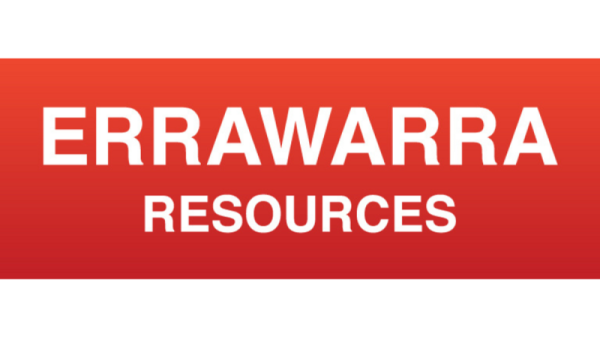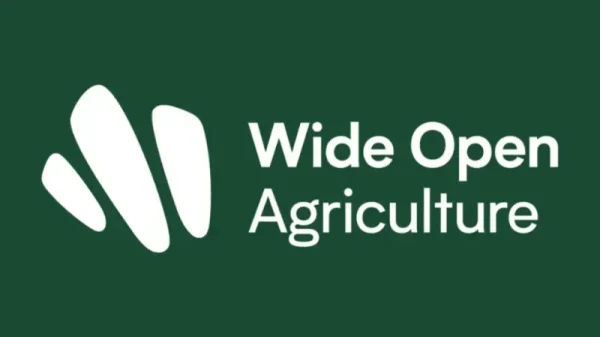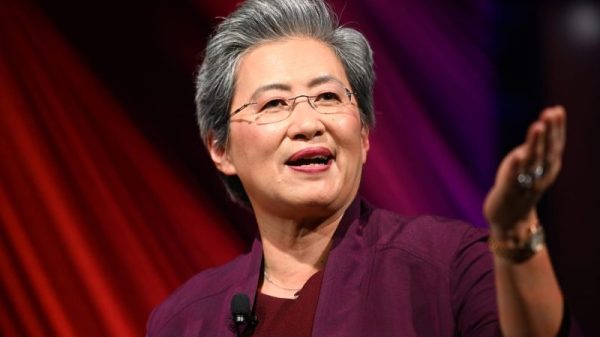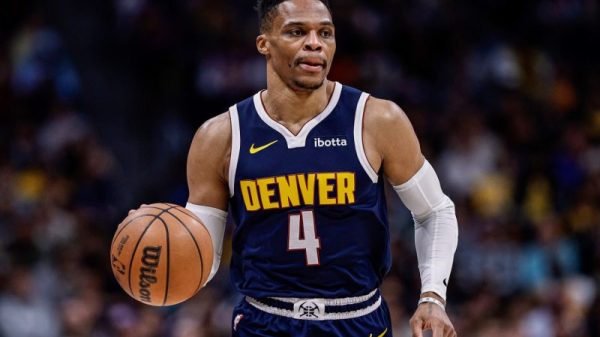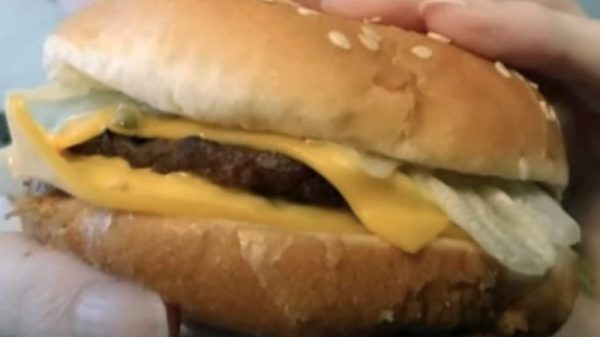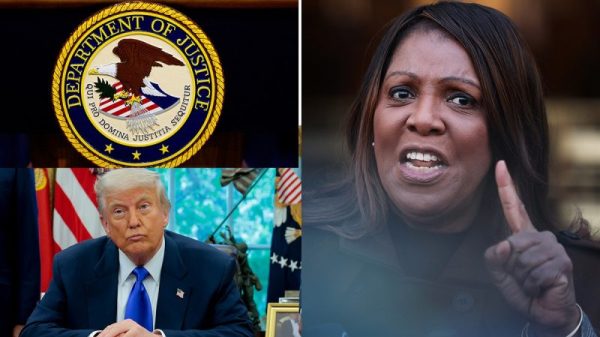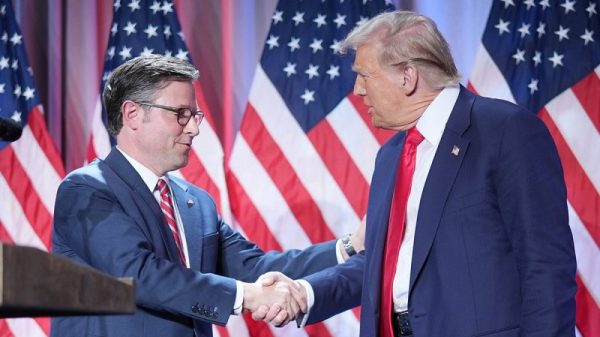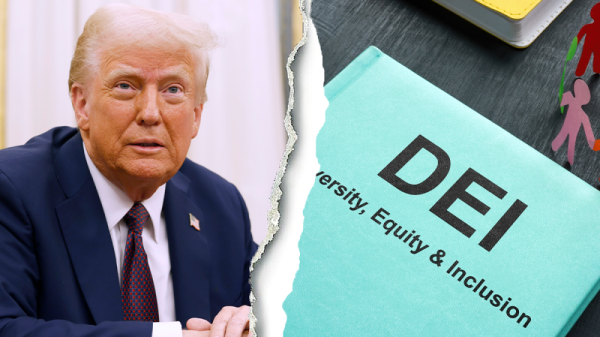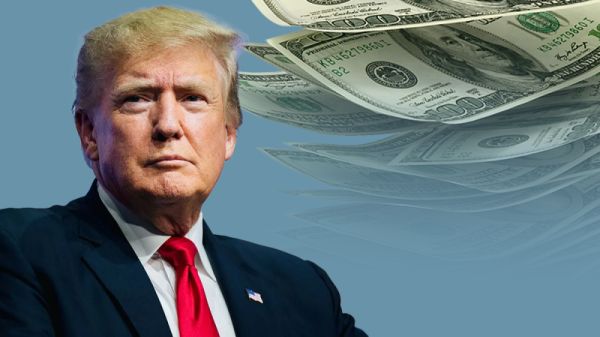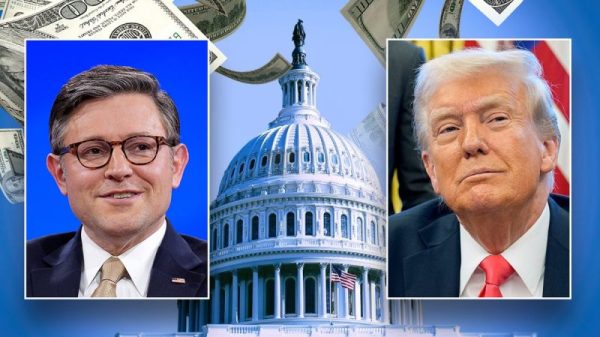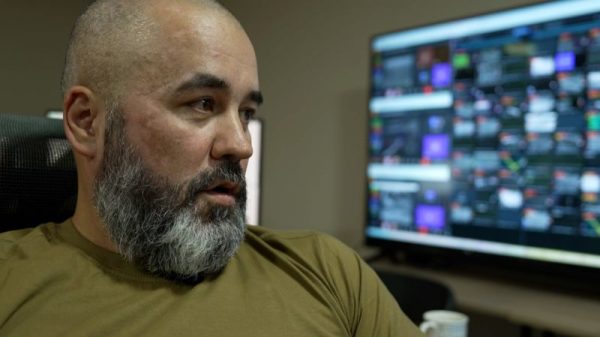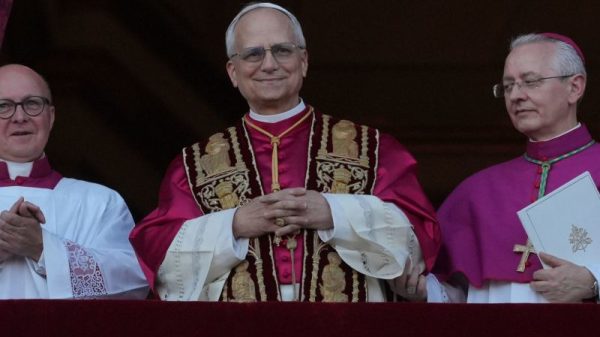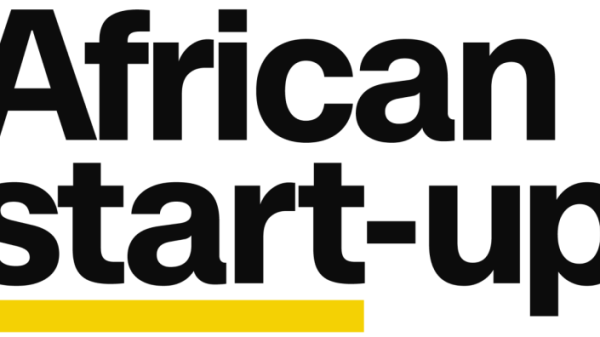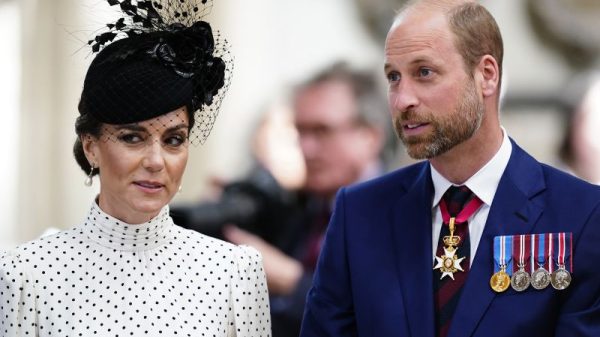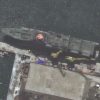Before every Women’s World Cup game in Australia and New Zealand, the rhythmic tones of ancient songs rumble across the stadium to give thanks to the lands’ traditional owners.
The co-hosts provided a world stage for Indigenous culture but some fear that when the lights fade after Sunday’s final, so too will the opportunity to create a lasting legacy for young Indigenous soccer players looking to grow within the sport.
Two of Australia’s largest grassroots Indigenous football bodies – Indigenous Football Australia (IFA) and the Australian Indigenous Football Council (AIFC) – say there’s no funding for Indigenous football in Legacy ’23, the 357 million Australian dollar ($228 million) post-tournament fund dedicated to growing soccer in Australia.
“We want to see something during this tournament where that’s acknowledged and it’s redressed and that the Legacy fund does in fact, out of somewhere in its $357 million budget, find some support for these grassroots movements,” said Ros Moriarty, IFA council member and co-founder of the Moriarty Foundation, which provides soccer training to Indigenous children.
If it doesn’t, the FA is facing a potential mutiny in its National Indigenous Advisory Group (NIAG), the body it formed to advise it on Indigenous issues.
“I’ll sit on this body, but if things don’t improve, I’m gone, I’ll just walk away from the game,” said Maynard, author of “The Aboriginal Soccer Tribe.”
First Nations and the FA
NIAG’s influence was evident at the Women’s World Cup, from the Aboriginal and Torres Strait Islander flags flying over the stadium to the Indigenous artwork and place names on FIFA programs.
Before each game, Indigenous Elders performed a “Welcome to Country,” an important sign of respect in Australia, the only Commonwealth country not to have signed a treaty with its Indigenous people.
It’s particularly important this year ahead of a historic referendum, the country’s first in 24 years, when Australians will vote – yes or no – to recognize First Nations people in the constitution, and to create a special body – the Voice to Parliament – to advise the government on matters pertaining to Indigenous people.
Campaigners on both sides of the debate claim a vote for the other will divide the country, but a common aim is to improve the lives of First Nations people, who’ve suffered historic disadvantage since the colonization of their country more than 200 years ago.
It’s against this backdrop that some First Nations football groups say their work with Indigenous children has been overlooked, even as the World Cup brings in millions of dollars of revenue.
The Moriarty Foundation runs John Moriarty Football, named after the first Aboriginal man to be selected for the Australian national soccer team. Each week, they train thousands of children, ages 2 to 18, on fields in remote and rural communities.
“These are absolutely Australia’s most disadvantaged children, so the ability for families to pay for the boots and the strip and the registration, let alone get their kids into competition (is limited),” said Ros Moriarty, John’s wife.
We need to have these programs that are community-driven, community-developed.
Ros Moriarty, Moriarty Foundation
“We need to have these programs that are community-driven, community-developed.”
Lawrence Gilbert, co-founder of the AIFC and the organizer of Indigenous tournaments, says he has a large network of volunteers and they don’t trust the FA or FIFA to deliver.
“They’re using all the artwork, and then scratch below the surface, there’s nothing,” said Gilbert. “Turn up, do the ‘Welcome to Country’ and see you later, guys.”
Decades of neglect
The criticism is not new – Indigenous football has been chronically underfunded for decades, despite the depth of talent evident in the success of Aboriginal players in other Australian football codes.
Football Australia CEO Johnson says the body wants to do more for Indigenous players.
“I know that we would love to be able to be already into the implementation of programs, but we’ve only really been focused on this area, rightly or wrongly, over the past two or three years,” he said.
“There will be Indigenous programs that are funded through Legacy. We’ve just got to get there. It’s not too far away at all. And it’s not a promise, it is happening.”
The FA says it’s already working with the New South Wales government on a 10 million Australian dollar ($6.4 million) program that includes expanding the NAIDOC Cup, an Indigenous tournament for Under 14 and 16 boys and girls.
There will be Indigenous programs that are funded through Legacy. We’ve just got to get there
James Johnson, CEO, Football Australia
But critics say that competition lasts just three days each year in one state.
By contrast, the AIFC oversees state and territory Indigenous football councils and organizes the First Nations Indigenous Football Championships and teams who play as the Indigenous Roos and Koalas.
But Gilbert, who co-founded the teams and claims to have trademarked their name, has even bigger ambitions.
The AIFC recently signed a “Football Treaty” with New Zealand equivalent, Māori Football Aotearoa, and Gilbert wants to create a World Indigenous Football Council and Indigenous World Cup, independently of FIFA.
“We’d like to work in partnership, but no one seems to want to do that,” said Gilbert.
Telling Indigenous stories
Last year, well before the competition started, FIFA established an all-women First Nations Australian and Māori panel to “recognize the unique cultures and stories of both countries and ensure they are respected.”
The panel included three First Nations women from Australia and female Māori panelists, including Jennifer Pickering, a Ngāpuhi/Ngāti Wai descent of Te Tai Tokerau, New Zealand’s north island.
“You’re sitting there, you’re one person – but you’re not, you’re representing so much more,” Pickering said.
“I think the more we get to see those players in the spotlight, the more Māori children and other Indigenous cultures can see people that look like them and know that if they want to become a professional footballer, that’s achievable,” she said. “Off the back of this World Cup, I would like to see more participation in football for boys and girls.”
Phillip Pickering-Parker, Chairman of Māori Football Aotearoa, says his group’s programs, run by volunteers, are “transformational” for Māori kids.
“They think they come in just for football. And we have to educate them about themselves. What is the DNA that you have? Do you actually know what it is, how special it is and how it can be really helpful to you in your life?” he said.
Pickering-Parker seems more hopeful that the World Cup will bring more funding to his small team of volunteers: “Right now. I’m hopeful. Because Māori people always build on hope. Right?”
Two Aboriginal players are in the Matildas squad that made it to the 2023 World Cup semifinals: striker Kyah Simon, who’s a NIAG member, and goalkeeper Lydia Williams.
“It was really basketball and AFL (Australian Football League) where we had professional players come out and say, ‘Hello,’ and I think they were the sports that we admired because we actually saw professional players come and share that with us,” Williams said.
When Williams goes back to Kalgoorlie now, she is greeted with the sight of children playing soccer. “To see that football is making the right steps towards that (Indigenous awareness), hopefully then it gives more Indigenous kids and communities more opportunities,” she said.
‘Now is the time’
The desire to see more Indigenous kids playing football is a common theme across all parties, from grassroots organizations to the sport’s governing bodies.
But groups that have spent years working unpaid to build networks with local communities now fear that the opportunity presented by Australia’s role in hosting the most successful Women’s World Cup will pass them by.
That’s not soon enough, according to the IFA, which has started crowdfunding to bolster the funding it receives from government, philanthropic foundations and the public.
Of the potential Legacy ’23 funding, Moriarty says: “We’re really wanting to see now, what is it?”
“How will we secure what our young kids and coaches and communities and families need to have some participation in this game? Because at the moment, it’s prohibitive,” she said.
NIAG member Maynard says the advisory body will ask the FA to compile a national report on Indigenous groups and players, so they can identify where they are and what they need. He said there was no doubt the Moriarty Foundation and the AIFC need funding, but there are others.
If hosting a Women’s World Cup isn’t going to do it, I don’t know what else is
Karen Menzies, NIAG co-Chair
He urged community groups to come forward and work with NIAG, comparing it to the Voice to Parliament that will advise the Australian government, if the referendum passes.
“It’s no good just trying to crash through the front door, you’re better off to utilize that we’ve got an Indigenous body in that space,” said Maynard.
Menzies, the NIAG co-Chair and former national player, says the World Cup should drive more funding into Indigenous football and the advisory body will take its proposals to the FA at their next meeting in September.
“Now is the time. If hosting a Women’s World Cup isn’t going to do it, I don’t know what else is,” she said.
“If we’re not able to lubricate that relationship with Football Australia and NIAG … I’m not entirely sure that I could continue to justify my position there.”


